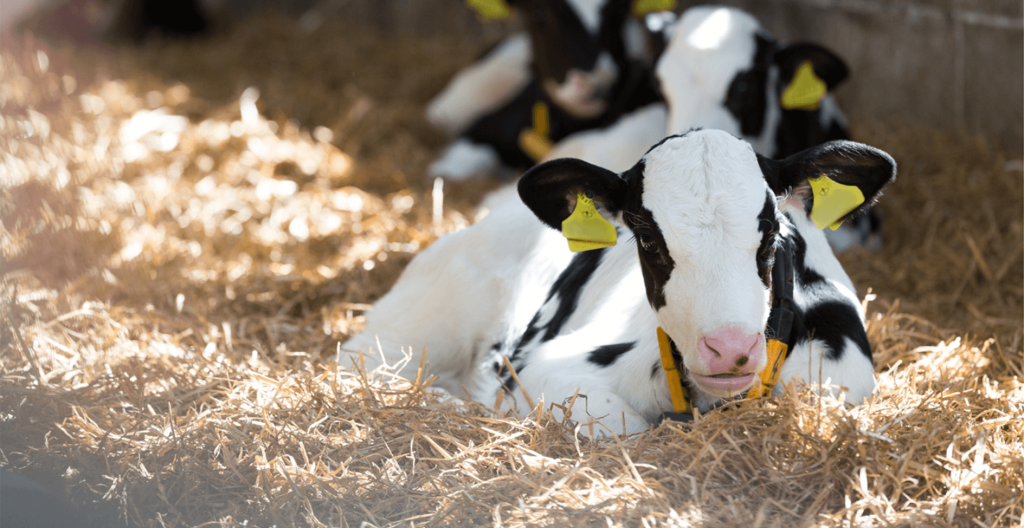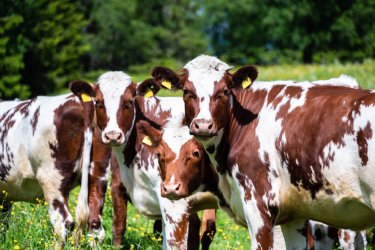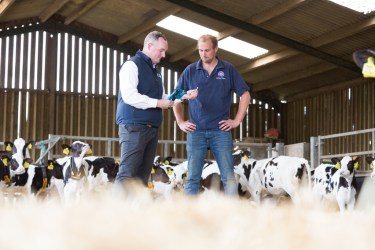What is Calf Recumbency?
Calf Recumbency is a newly discovered genetic condition in Holsteins. It can result in affected calves being unable to stand.
What do we know about Calf Recumbency?
This unfavorable genetic condition was discovered based on research done at Penn State University, in collaboration with other researchers. This collaboration, which included ABS Global, used sequence data to discover the likely causative mutation in the CACNA1S gene on chromosome 16 (Dechow et al., 2022). It appears to be a recent mutation within a very common Holstein haplotype. More will be learned about the frequency and impact as the industry gathers more information. For more information, please read a joint statement from CDCB, Holstein Association USA, and NAAB.
What do we know about carrier animals?
A gene test was developed to definitively determine animals that are carriers. Besides, ABS has test results for most of our marketed bulls, with more test results expected in the upcoming days. All early indications are that ABS has fewer carrier animals in our population than other segments of the industry. The industry is also working to develop a haplotype test, but that is currently unavailable.
You can view a list of ABS Global’s marketed bulls and their test results here.
What are the next steps?
A system is being developed to get test results from laboratories to Holstein USA and CDCB/AGIL.
Once the industry provides a naming structure, ABS will adopt those labels. In the meantime, we have labelled ABS bulls in the results file as “Carriers” (those that are carriers) and “Free” (those that do not carry the condition).
In any case, ABS Global commits to ensure we provide the highest quality genetics. We will continue to work with experts across the industry as we all learn more about Calf Recumbency. Therefore, ABS will work to incorporate the results into our Bull Search and GMS systems. We will keep you posted as we learn more.





